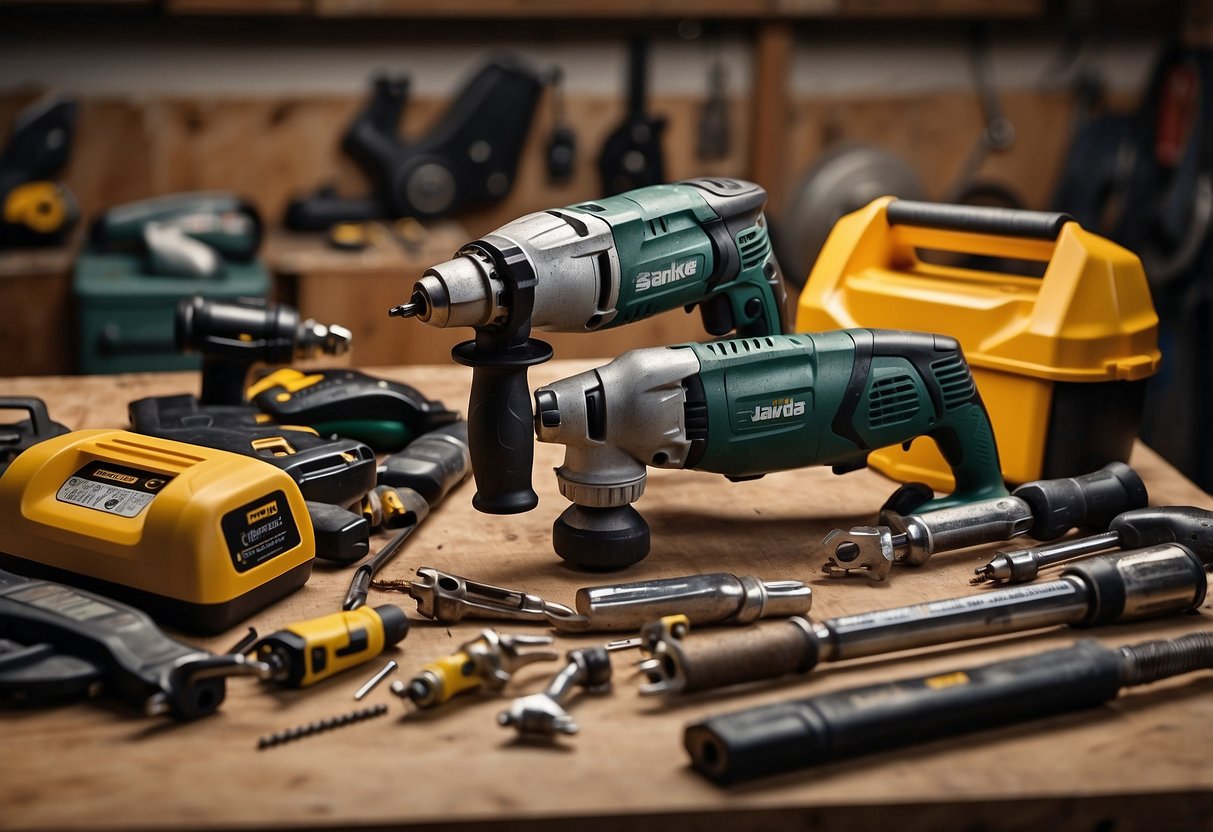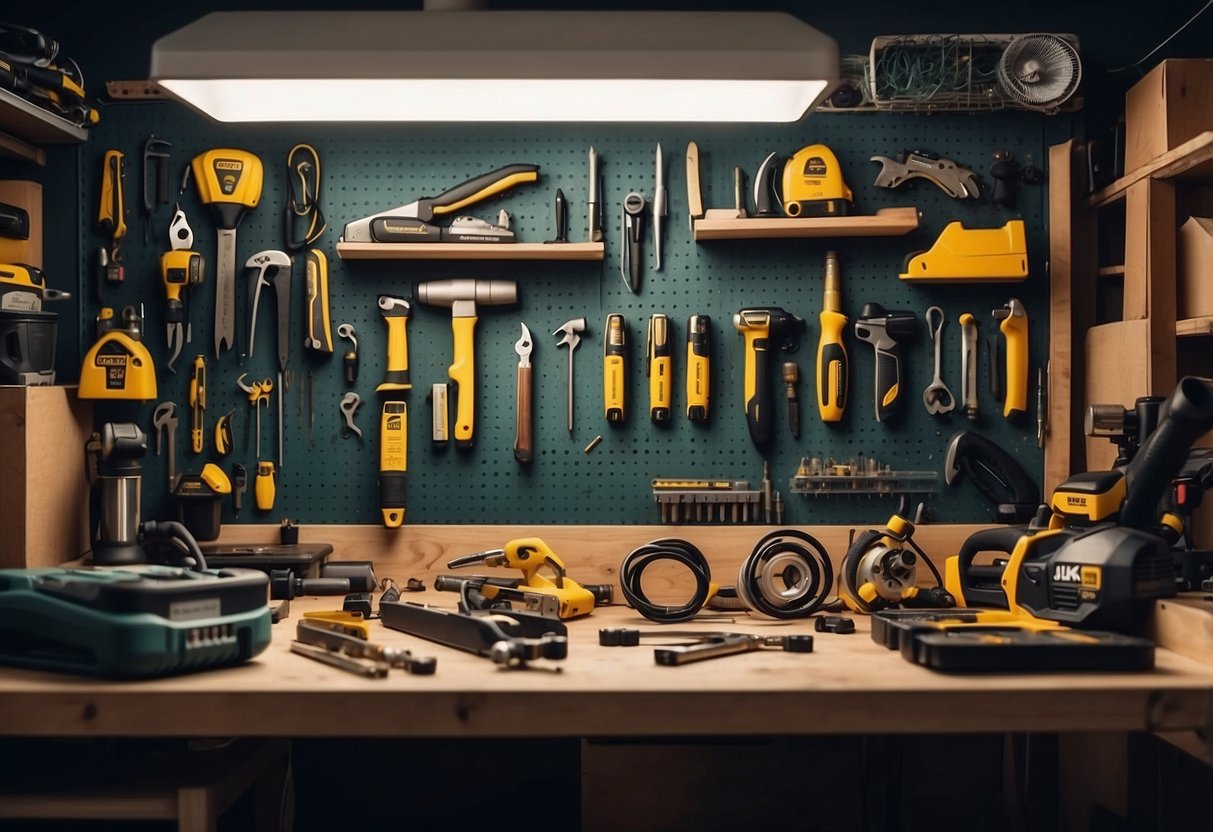DIY Power Tools: In-Depth Reviews of the Best Brands for Every Project
Exploring Tool Types and Their Uses

Power tools have a wide array of functionalities, making them indispensable for various DIY projects. Choosing the right tool can greatly improve efficiency, precision, and safety while working on your tasks.
Drills and Hammer Drills
Drills are essential for creating holes in materials like wood, metal, and plastic. They come in both corded and cordless variations. For tougher materials like concrete and brick, hammer drills add a percussive action to the drilling, making them more effective. A standard drill works well for light tasks, while a hammer drill is best for heavy-duty projects.
Saws: Circular, Jigsaws, and Reciprocating
Circular saws provide straight cuts swiftly and are ideal for cutting large pieces of lumber. Jigsaws offer intricate cuts with great flexibility, allowing for curves and custom shapes. The reciprocating saw, often known by the brand name Sawzall, excels in demolition work, cutting through various materials like wood, metal, and even plaster with ease.
Impact Drivers and Impact Wrenches
Impact drivers are vital for driving screws and bolts with high torque, making them particularly useful for deck building or automotive work. Impact wrenches, which are more powerful, are common in automotive and construction industries. They provide significant torque, perfect for loosening or tightening nuts and bolts quickly.
Sanders and Angle Grinders
Sanders are used to smooth surfaces and prepare materials for finishes. They come in variations like orbital and belt sanders, suited for different tasks. Angle grinders are versatile tools capable of grinding, cutting, and polishing. They can handle tasks from metal shaping to surface polishing, making them highly valuable in both metalwork and masonry projects.
Features That Enhance User Experience

When selecting power tools, specific features can greatly impact your overall satisfaction and performance. Let’s examine two significant aspects: ergonomics and battery technology.
Ergonomics and Ease of Use
Ergonomics is crucial for preventing fatigue and ensuring comfort during extended use. Many premium power tools feature soft-grip handles that reduce strain on the hands and wrists. Additionally, weight distribution plays a vital role in ease of use. Tools with well-balanced designs allow for smoother operation and lessen the risk of injury.
Simple controls and intuitive interfaces contribute to a better experience. A cordless drill with a straightforward speed setting, for instance, allows users to transition effortlessly between tasks. Furthermore, quick-change chucks enable rapid swapping of bits, minimizing downtime. Anti-vibration technology is another feature that reduces user fatigue, especially important during prolonged activities.
Battery Technology and LED Lights
Battery technology has come a long way, making cordless tools more efficient and reliable. Lithium-ion batteries are now the standard due to their longer run time and faster charging capabilities. These batteries ensure that tools, such as cordless drills, maintain sheer power throughout the task, avoiding performance drops.
Integrated LED lights enhance visibility in low-light conditions. They are especially beneficial when working in tight or dark spaces, ensuring precision and safety. Some tools even feature automatic light activation, illuminating the work area as soon as the tool is engaged.
Incorporating these advancements into power tools ensures that they not only perform better but also make the user’s job smoother and safer.



